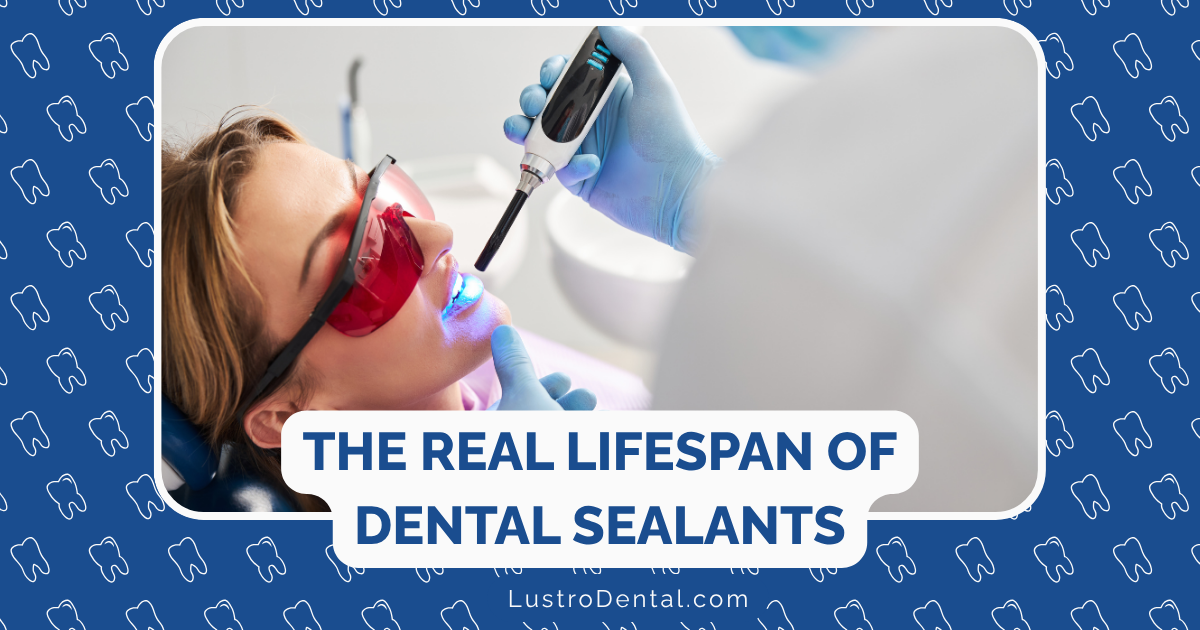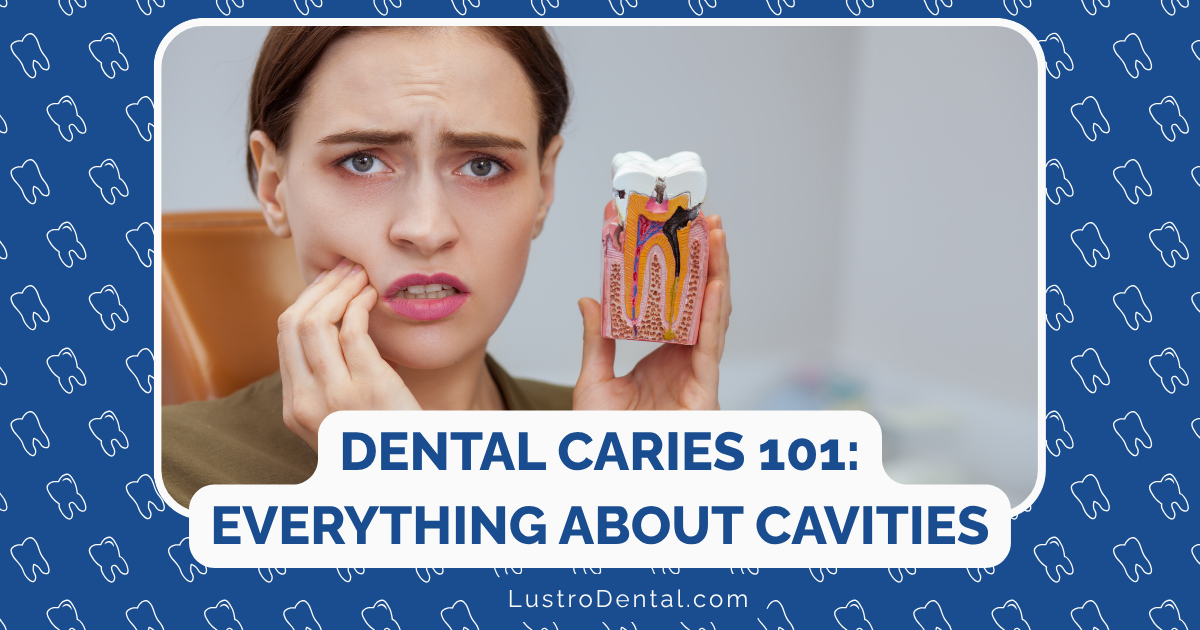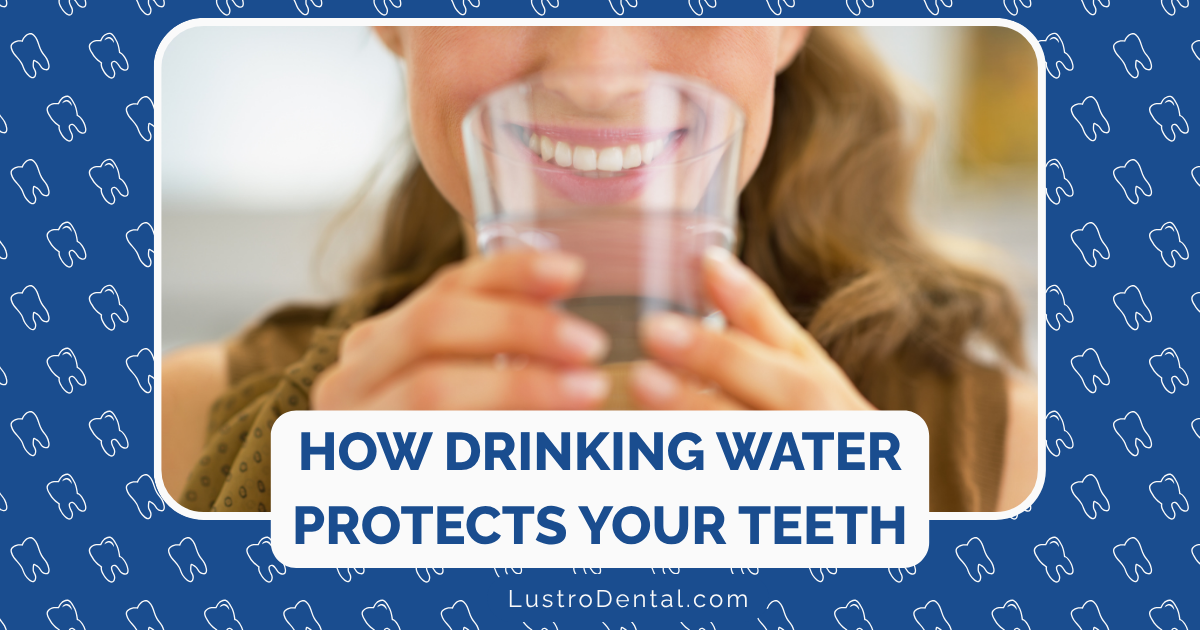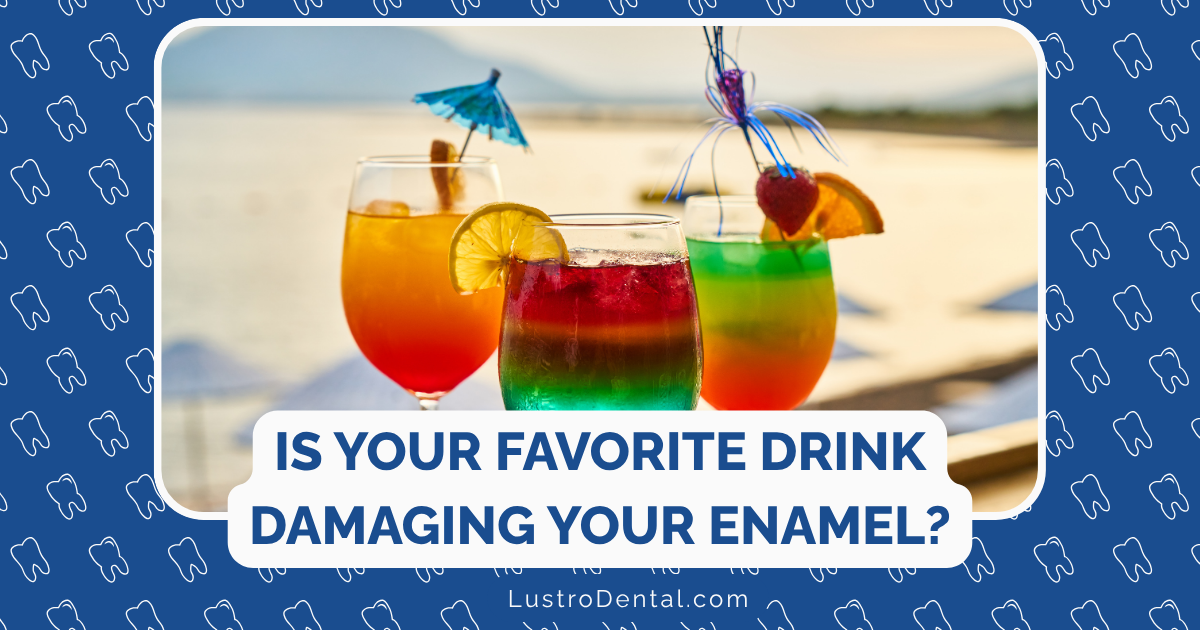How Long Do Dental Sealants Really Last? Factors That Affect Durability

When patients ask me about dental sealants, their first question is almost always about longevity. “If I’m going to invest in this preventive treatment,” they reason, “I want to know how long it’s going to last.”
It’s a fair question—and one that doesn’t have a simple, one-size-fits-all answer.
The truth is, dental sealants can last anywhere from 2 to 10 years, depending on a variety of factors. According to the American Dental Association, properly applied sealants can protect teeth for several years before needing replacement. But what determines whether your sealants will be short-lived or provide a decade of protection?
Let’s dive into the factors that influence dental sealant longevity and what you can do to help them last as long as possible.
Understanding the Basics: What Are Dental Sealants?
Before we explore longevity, let’s quickly review what dental sealants actually are.
Dental sealants are thin, protective coatings applied to the chewing surfaces of back teeth (molars and premolars). These surfaces contain deep grooves and pits where food particles and bacteria can hide—areas that are difficult to clean even with diligent brushing. Sealants fill in these grooves, creating a smooth surface that’s easier to clean and protected from decay-causing bacteria.
The Centers for Disease Control and Prevention (CDC) reports that sealants can prevent 80% of cavities for the first two years after application and continue to protect against 50% of cavities for up to four years. That’s significant protection, especially for children and teenagers who are at higher risk for cavities.
The Material Factor: Resin vs. Glass Ionomer
One of the most significant factors affecting sealant longevity is the material used. There are two primary types of dental sealants:
Resin-Based Sealants
Resin sealants are made from plastic materials similar to those used in composite fillings. According to a comprehensive study published in PMC, resin-based sealants show retention rates of up to 80% after two years.
Pros of resin sealants:
- Higher retention rates (more durable)
- Excellent flow into deep pits and fissures
- Strong bond to properly prepared enamel
Cons of resin sealants:
- Require completely dry conditions during application
- More technique-sensitive
- May contain BPA (though newer formulations are BPA-free)
Glass Ionomer Sealants
Glass ionomer cement (GIC) sealants are made from a mixture of glass and organic acid. The same PMC study found that glass ionomer sealants have retention rates of about 44% after two years.
Pros of glass ionomer sealants:
- Release fluoride, which can help prevent decay
- Can be applied in slightly moist conditions
- Bond chemically to tooth structure
- Less technique-sensitive
Cons of glass ionomer sealants:
- Lower retention rates
- May wear away faster
- Not as aesthetically pleasing (more opaque)
The choice of material often depends on the specific clinical situation. For example, glass ionomer sealants might be preferred for partially erupted molars where moisture control is challenging, while resin sealants might be chosen for fully erupted teeth where a dry field can be maintained.
Application Technique: The Skill Factor
The way sealants are applied significantly impacts how long they’ll last. According to research from McDougal DDS, proper application technique is one of the most critical factors in sealant longevity.
Key elements of proper application include:
Thorough Cleaning
Before sealant application, the tooth surface must be thoroughly cleaned to remove plaque, debris, and the outer layer of enamel. This is typically done using a special brush or air abrasion.
Proper Etching
For resin sealants, the tooth surface is etched with an acid (typically 37% phosphoric acid) for 15-20 seconds. This creates microscopic pores in the enamel that allow the sealant to bond mechanically to the tooth. Inadequate etching or rinsing can compromise this bond.
Moisture Control
This is perhaps the most critical factor. For resin sealants, even tiny amounts of saliva contamination can significantly reduce bond strength. Dentists use various isolation techniques, such as cotton rolls, dry angles, and sometimes rubber dams to keep the area dry.
A clinical study found that saliva contamination during sealant placement can increase microleakage and reduce bond strength by up to 50%.
Complete Coverage
The sealant must flow into all pits and fissures without air bubbles or voids. Incomplete coverage leaves vulnerable areas where decay can start.
Proper Curing
For light-cured sealants, the curing light must be held at the correct distance and for the appropriate time to ensure complete polymerization. Inadequate curing leads to a weaker sealant that wears away faster.
Patient-Related Factors
Even perfectly applied sealants won’t last forever, and several patient-related factors can significantly impact their longevity:
Oral Hygiene Habits
While sealants provide protection, they don’t replace good oral hygiene. Regular brushing and flossing help prevent decay around the edges of sealants and reduce overall bacterial load in the mouth.
According to Modern Dental Smiles, consistent oral hygiene is one of the most important factors in extending sealant life.
Diet and Eating Habits
What you eat and how you eat it matters:
- Acidic foods and beverages can erode sealant materials over time
- Hard foods (ice, hard candy, nuts) can chip or crack sealants
- Sticky foods (caramels, taffy) can pull at sealant edges
- Sugary foods feed bacteria that can attack around sealant margins
Teeth Grinding (Bruxism)
Grinding or clenching your teeth puts enormous pressure on sealants, causing them to wear down faster. A study from Arboretum Dentist found that bruxism is a significant factor in premature sealant failure.
If you grind your teeth, wearing a nightguard can help protect both your teeth and your sealants.
Tooth Position and Bite
Some teeth naturally receive more pressure during chewing than others. Sealants on these high-pressure areas tend to wear away faster. Similarly, if your bite is uneven, certain teeth may bear more force, affecting sealant durability.
Maintenance Tips: Extending Sealant Lifespan
While some factors affecting sealant longevity are out of your control, there’s plenty you can do to help your sealants last as long as possible:
1. Practice Excellent Oral Hygiene
Brush twice daily with fluoride toothpaste and floss daily. Consider using a soft-bristled toothbrush to avoid unnecessary abrasion on your sealants. According to Keep28, gentle but thorough brushing is key to maintaining sealant integrity.
2. Be Mindful of Your Diet
Limit sugary and acidic foods and beverages. When you do consume them, rinse your mouth with water afterward. Avoid using your teeth as tools (opening packages, cracking nuts) and be cautious with very hard or sticky foods.
3. Address Teeth Grinding
If you grind or clench your teeth, talk to your dentist about a custom nightguard. This simple appliance can significantly extend the life of your sealants by reducing pressure and wear.
4. Keep Regular Dental Appointments
Perhaps the most important maintenance step is regular dental check-ups. Your dentist can:
- Check sealant integrity
- Repair small defects before they become bigger problems
- Reapply sealants as needed
- Provide professional cleanings that help maintain oral health
Premier Cosmetic Dental recommends having sealants checked every six months during regular dental visits.
Signs Your Sealants May Need Replacement
Even with excellent care, sealants don’t last forever. Here are signs that your sealants might need attention:
Visual Changes
- Chipping or cracking: Visible damage to the sealant
- Wearing away: Thinning of the sealant material
- Discoloration: Darkening or staining at the margins
Sensory Changes
- Roughness: The tooth no longer feels smooth when you run your tongue over it
- Sensitivity: Increased sensitivity to hot, cold, or sweet foods
- Sharp edges: You can feel a sharp edge where the sealant meets the tooth
If you notice any of these signs, it’s time to see your dentist. Early intervention can often mean a simple repair rather than complete replacement.
The Science Behind Sealant Longevity
Let’s look at what the research tells us about how long different types of sealants actually last:
Retention Rates Over Time
A long-term study published in MDPI tracked sealants over a 10-year period and found:
- At 1 year: 90% of resin sealants were completely retained vs. 43.3% of glass ionomer sealants
- At 3 years: 23.3% of resin sealants showed complete retention vs. 0% for glass ionomer
- At 10 years: Only 6.7% of resin sealants showed complete retention
However—and this is important—the study found that despite the difference in retention rates, both types of sealants were similarly effective at preventing cavities over the 10-year period. This suggests that even partially retained sealants, or the residual effect of fluoride release from glass ionomers, continue to provide protection.
The Preventive Effect
According to Dimensions of Dental Hygiene, resin-based sealants can reduce caries by approximately 80% in the first two years and remain effective for nearly five years.
Even more encouraging, the American Dental Association reports that sealants can reduce the risk of decay in molars by nearly 80% for 2-3 years and continue to be effective for up to 9 years.
Cost vs. Benefit: Are Sealants Worth It?
Given that sealants need periodic replacement, you might wonder if they’re worth the investment. Consider this:
- The average cost of a dental sealant ranges from $30-60 per tooth
- The average cost of a filling is $150-300 per tooth
- More extensive treatments like crowns ($800-1500) or root canals ($700-1500) cost significantly more
Even if sealants need replacement every 5 years, they’re still considerably more cost-effective than treating cavities. Plus, they help you avoid the discomfort and time associated with restorative procedures.
Special Considerations for Different Age Groups
Children and Adolescents
Children are the primary recipients of sealants, typically applied soon after permanent molars erupt (around ages 6 and 12). The CDC notes that school-aged children without sealants are three times more likely to develop cavities than those with sealants.
For children, factors affecting sealant longevity include:
- Cooperation during application
- Eruption status of teeth (partially erupted teeth are more challenging)
- Diet (often higher in sugary foods)
- Oral hygiene compliance
Adults
Adults can benefit from sealants too, especially those with deep grooves in their teeth or a history of decay. For adults, additional factors affecting longevity include:
- Existing restorations near sealant margins
- Greater chewing forces
- Occupational factors (e.g., frequent snacking, limited access to oral hygiene)
- Age-related changes in saliva production
The Future of Dental Sealants
Exciting developments in dental materials science promise to improve sealant longevity:
Bioactive Materials
Newer sealant materials contain bioactive components that release calcium, phosphate, and fluoride ions. These materials not only create a physical barrier but actively strengthen the surrounding tooth structure.
Self-Healing Sealants
Research is underway on “smart” materials that can repair minor damage themselves, potentially extending sealant life significantly.
Improved Application Techniques
Digital scanning and precision application tools are making sealant placement more accurate and effective.
Conclusion: Making Sealants Last
Dental sealants are one of dentistry’s most effective preventive tools, but their longevity depends on multiple factors—some within your control, others not.
The material used, application technique, your oral habits, and regular maintenance all play crucial roles in determining how long your sealants will last. While no sealant lasts forever, most provide years of valuable protection against tooth decay.
Remember that even if a sealant doesn’t last the full potential 10 years, every year it remains intact is a year of protection against cavities. And with proper care and regular dental check-ups, you can maximize that protection.
Have you had dental sealants? How long have they lasted for you? Share your experience in the comments below!







